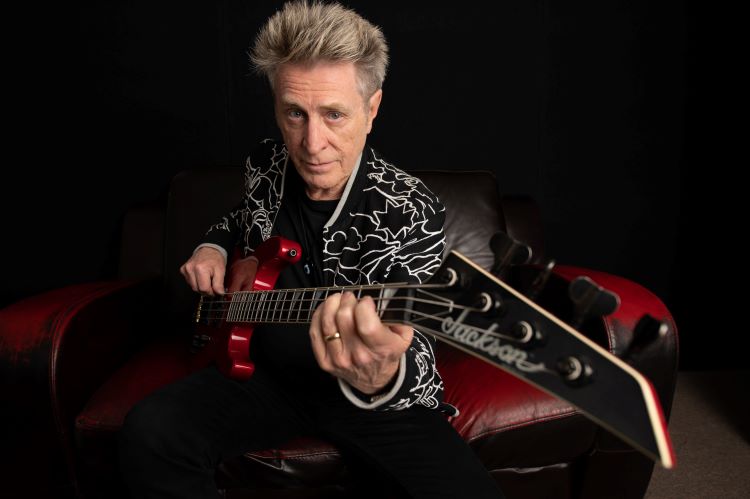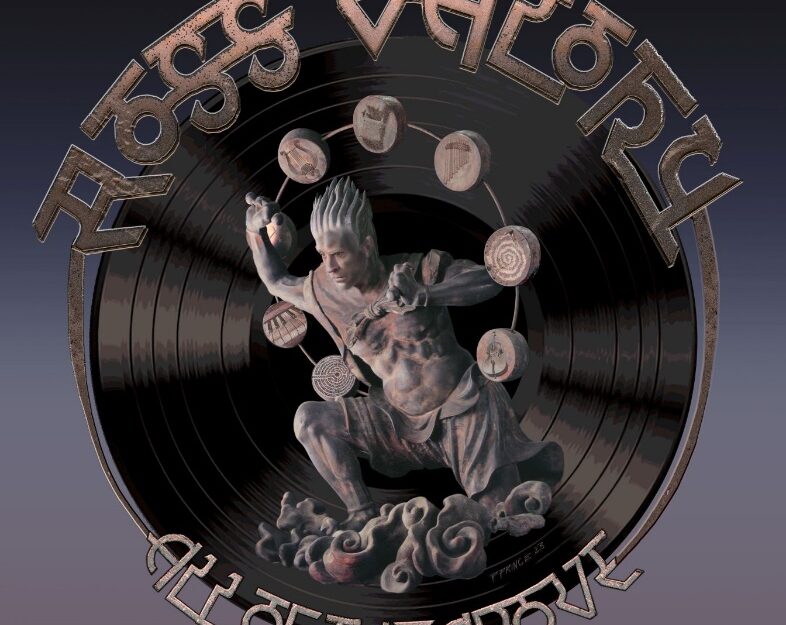ROSS VALORY Marks The Summer Solstice With The Release Of His Interpretation Of War’s “Low Rider” From His Debut Solo Album ‘All Of The Above’
DATE: JUNE 20, 2024 FROM: MITCH SCHNEIDER/MARCEE RONDAN, SRO PR ROSS VALORY TODAY MARKS THE SUMMER SOLSTICE WITH THE RELEASE OF HIS INTERPRETATION OF WAR’S “LOW RIDER” THE CLASSIC CRUISING […]



